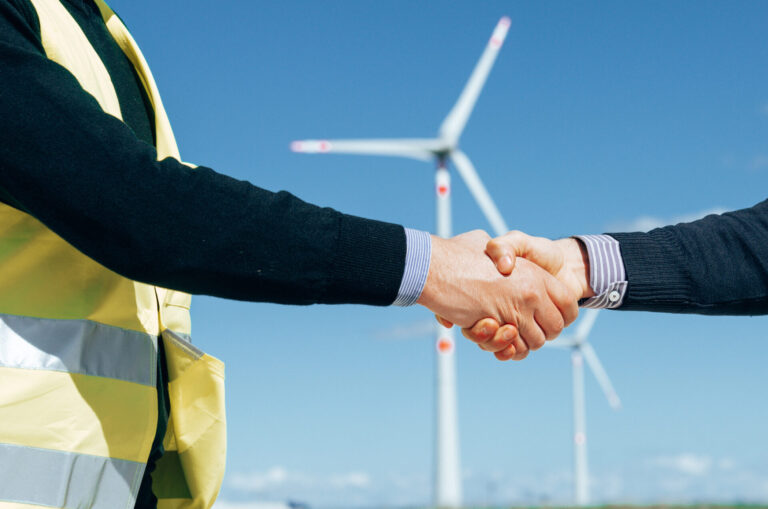Tuesday, September 30, 2025
Corporate Knights’ 21st annual Global 100 ranking shows that the world’s most sustainable companies continue to increase their investment in areas such as renewable energy, energy efficiency and the circular economy.
As a group, the 2025 Global 100 most sustainable corporations invested 58 per cent of their capital expenditures, research and development, and acquisitions in green themes, almost quadruple the average of 15 per cent by all other large companies (more than $1 billion in revenue) overall. Even with higher interest rates in recent years, the world’s most sustainable companies have expanded their sustainable investments, which has resulted in a growing share of their income being derived from sustainable revenue sources.
“We’re finding that growth in sustainable revenues is outpacing all other revenues,” says Toby Heaps, co-founder and CEO of Corporate Knights, an independent media and research company. “Over the last five years for major global public companies, sustainable revenues are growing twice as fast as other revenues, and they now represent over $5 trillion of annual revenues for the largest publicly traded companies that we track.”
“With sustainable investment, it’s the same story,” Heaps says. “Sustainable capital expenditure is growing twice as fast as all other capex.” That green investment is key to a more sustainable future, telling us where companies are going as opposed to where they currently derive their revenues.
The annual ranking devised by Corporate Knights quantitatively compares and ranks the world’s largest publicly traded companies, equally emphasizing the impact of a company’s operations and its core products and services on people and the planet.
The ranking is based on a rigorous assessment of 8,359 companies with more than US$1 billion in revenues. On average, Global 100 companies direct almost four times (58 per cent vs. 15 per cent) more capital into sustainable investments as a percent of total investments and generate three times (53 per cent vs. 15 per cent) more sustainable revenue as a percent of total revenue compared to other large companies.
The Global 100 Index had been tracking higher total returns since its inception on February 1, 2005 (net $US) compared to the blue-chip MSCI ACWI benchmark. But this year, the Global 100 Index fell behind. While the longterm clean energy exponential expansion trends underpinning the Global 100 companies’ superior revenue growth remain intact, three transient factors accounted for the performance gap in 2024:
1. High interest rates held back valuations of capital-intensive clean energy companies
2. U.S. equities outperformed in 2024, and the Global 100 is underweight in U.S. equities (18% vs. 63% for the MSCI ACWI), with no exposure to the two top-performing “Magnificent 7” stocks (Nvidia and Meta), which score poorly on sustainability metrics.
3. Weapons stocks, which the Global 100 excludes as a matter of policy, posted banner returns.
“While there are now $2 invested in clean energy for every $1 in conventional energy, the two biggest things holding back faster clean energy growth are slow permitting time and high interest rates, both of which are expected to move in positive directions in the coming year. I am looking forward to seeing Global 100 company stocks bouncing back in 2025,” Heaps says.
Schneider Electric SE climbed to the top of the 2025 Global 100 rankings, up from seventh place last year, thanks to a high level of sustainable investment and revenue, its leading performance on executive gender diversity, and the low carbon intensity of its production. Like the majority of companies on the Global 100, Schneider isn’t a consumer-facing household name; rather, it provides the nuts, bolts and technology for the green transition, including building energy controls, off-grid solar and EV charging and grid automation.
Last year’s leader, Australian waste management company Sims Ltd., is in second place this year, while Danish wind manufacturer Vestas Wind Systems S/A is in third. Both Sims and Vestas are pure-play companies that derived 100 per cent of their revenue from and allocated 100 per cent of their investment to sustainable projects.
The complete ranking and further contextual and methodological information are available here.
Featured image credit: Getty Images












